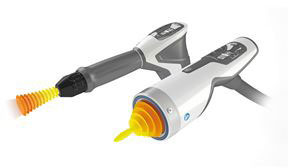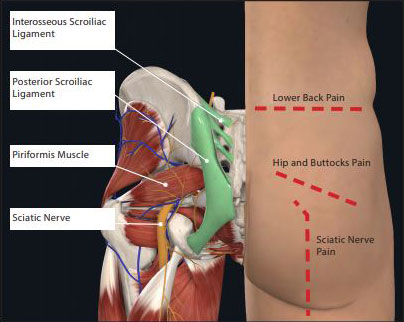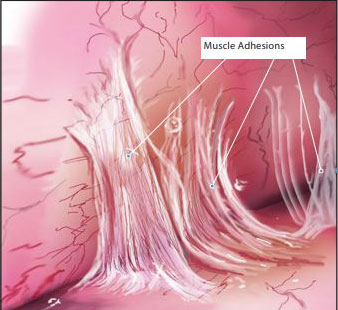Treatment for Lower Back, Hip & Buttocks, and Sciatic Nerve Pain (Piriformis and Sacroiliac Joint Syndrome)
Shockwave Therapy
– The non-prescription, non-surgical, injection-free treatment to relieve pain and restart the body’s natural healing process.

Dr. Gunn of Shore Wellness and Med Spa now offers FDA approved Focused and Radial Shockwave Therapy
How focused and radial shockwaves start the healing process?
 Most muscular skeletal injuries are caused by inflammation, blood vessel restrictions, nerve entrapment and muscle adhesions.
Most muscular skeletal injuries are caused by inflammation, blood vessel restrictions, nerve entrapment and muscle adhesions.
Focused Shockwaves can penetrate the body in depths up to 5 inches with precision targeting the affected area. Focused waves reach deep into muscles where glue-like adhesions occur between layers of muscle and cause nerves to become trapped. With Shockwave Treatments the adhesions release by allowing the trapped nerves and muscles to move freely.
Radial Shockwaves work below the skins surface covering larger areas reducing inflammation, increasing blood flow and trigger new blood vessel growth. The combination of Focused and Radial Shockwaves treatments in a high percentage of patients has achieved long lasting pain relief and healing. For patients that have tried countless numbers of remedies and treatments with little to no satisfaction, Shockwave Therapy may be right for you!
Shore Wellness and Med Spa
Dr. William “Eddie” Gunn, MD
11200 Racetrack Road, Ste A-104
Berlin, MD 21811 | 410.973.1030
ShoreWellnessMedSpa.com
What is Shockwave Therapy?
Effectively used for decades to disintegrate kidney stones using HIGH intensity shockwaves. Over the past two decades shockwave technology has been refined to create MEDIUM and LOW intensity shockwaves to treat many muscular skeletal disorders such as Piriformis and Sacroiliac Joint Syndrome.
What type of healing is most important?
- Pain relief
- Increased mobility
- Muscle repair
- Nerve repair
- Tendon and ligament repair

What are the symptoms of piriformis and sacrum pain?
- Lower back and sciatic nerve pain
- Buttocks, hip and pelvic pain
- Back of thigh and back of calf pain
Often pain is felt on one side but can occur on both. The most common symptom is increasing pain after sitting longer than 15 to 20 minutes, cross-legged sitting or lying on the side affected.
Diagnosis of the symptoms is critical to diagnose the exact area to be treated. Many patients diagnosed as having lower back pain or sciatic nerve pain actually have Piriformis or Sacroiliac Joint Syndrome.
What makes the pain worse?
Typically, symptoms are worsened by sitting, standing, sleeping, walking or climbing stairs. You may notice difficulty performing tasks like riding a bike, sitting in a car or walking for a period of time. Transitioning from sitting to standing may also trigger pain.

What causes these symptoms?
Piriformis and Sacroiliac Joint Syndrome occur as a result of inflammation caused by muscle compression pinching off blood vessels and nerves (sciatic). In addition muscles often form glue like adhesions within the muscle. Imagine a piece of gum adhered within a muscle this would stop the muscles ability to move freely causing pain.
What is nerve entrapment?
Half of all patients with musculoskeletal disorders have nerve entrapment. Nerves slide through surrounding muscle but when adhesions occur the nerve that usually slides, now tugs stopping nerves from freely moving causing:
- Pain
- Limited motion
- Tingling
- Numbness


